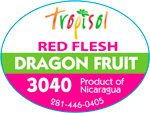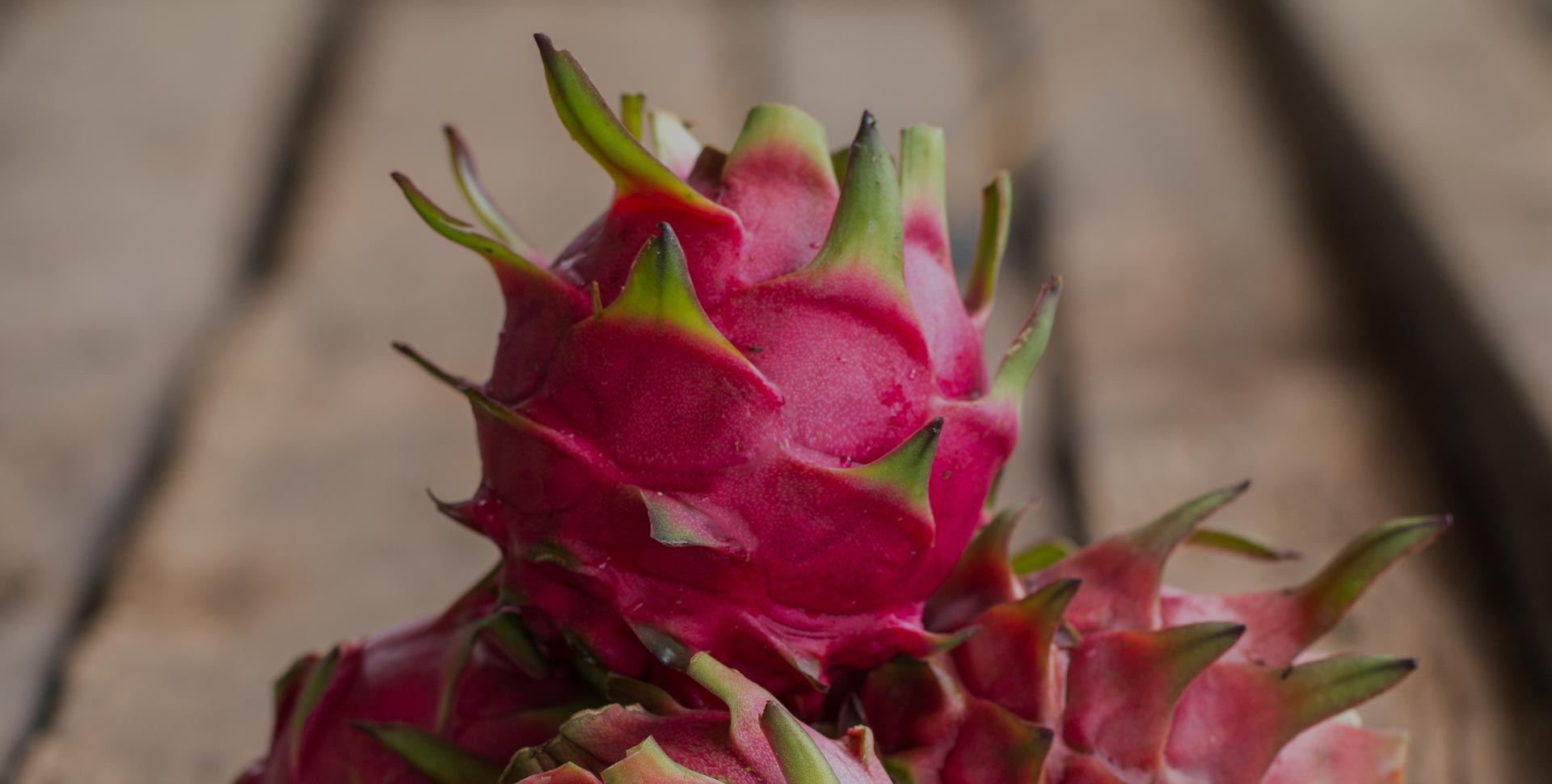
Frank Huezo has been in the pitaya business since 2013, and as a producer of Red Dragon Fruit he has transformed the US market to be one of the most wanted products on the market.
Based in La Concepción, the company’s has increased to a 100-hectares property, under the name “El Socorro”. The farm was one of the first to import product into the US and roughly coinciding with the first ever opening of the United States borders to Nicaraguan fruit.
Through the exporting company Transimport, El Socorro became Nicaragua’s first pitaya producer to ship its produce to the United States since 2013. The firm managed to prove that its plantations are free of fruit flies and it received the phytosanitary approval from the United States Department for Agriculture (USDA).
“We have exported more than 50,000 boxes last season”.
We are feeling optimistic and we are encouraging other Red Dragon Fruit producers to set up traps against fruit flies for an entire year. If no flies are found, your plantation becomes certified,” explains the producer.
Huezo’s team is currently working with other Nicaraguan pitaya growers to prepare them for the U.S. market. “We need to be able to export at least 150,000 boxes of pitahaya,” points out Huezo.
“We have assisted them in the setting up of traps and our agronomists provide them with technical assistance so that the fruit can reach the desired Brix levels and calibers.”
Huezo stated that 80 additional hectares are being added for pitaya production in a property nearby El Socorro. The business has developed very quickly over a short time span, greatly due to the unexpected enthusiasm shown by U.S. consumers. Nicaraguan Red Dragon Fruit producers are said to be very happy to be able to enter a more stable market where they have been able to challenge Vietnam’s competition.
While the Vietnamese fruit reaches up to 9.99 dollars per pound (almost half a kilo) in specialty markets, Huezo wishes to make the Nicaraguan produce more accessible to the general public.
“Consumption soars when the fruit is sold for 2.49 to 2.99 dollars per pound. Our objective is to make it available to a wider market, not just to those who know it and are willing to pay higher prices.”
Nicaraguan pitaya stands out for its magenta-colored pulp; quite different to Vietnam’s, which is white.
“We have seven varieties in our property, and they all have a red flesh. It is possible to do many things with red pitayas that cannot be done with the white ones, and the flavor is also different. White pitayas, for example, have a lower Brix.”
Last year, El Socorro’s pitaya was delivered to retailers nationwide. During 2022 Huezo, Red Dragon Fruit Producer expects to deliver to the rest of the world.
Source: portalfruticola.com




